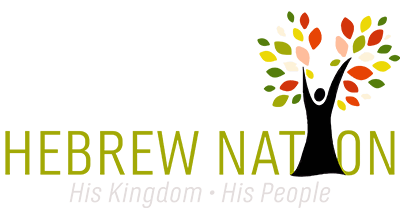Dr Hollisa Alewine – Footsteps of Messiah Part 81 (The Greater Exodus Pt 11- Wars of Kings Pt 6 : Hail of Plagues)
Wars of Kings is a foundation for using the template of the first Exodus to understand the Greater Exodus and the accompanying plagues in the Book of Revelation. Click on Wars of Kings to go to the first segment of the Wars YouTube video. Last week’s teaching explained up to plague five, and this week’s video will continue the plagues, providing examples from our time to connect with the texts.
Read More

